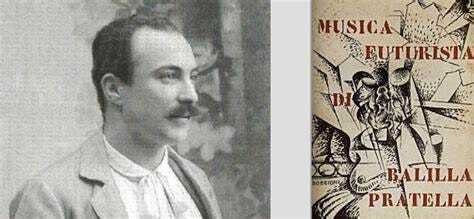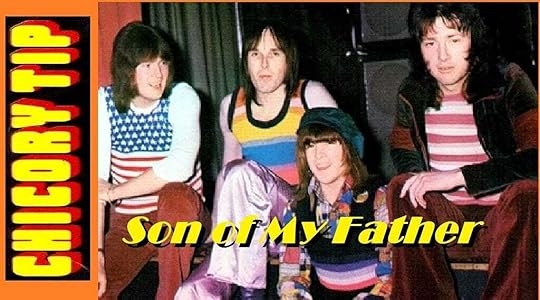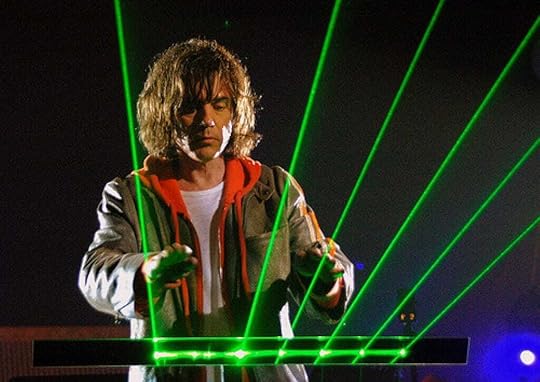a brief history of synthpop in a nutshell

The Telharmonium
The first synthesizer ever created, came to life by American Thaddeus Cahill in 1895, in a cob-webbed warehouse reminiscent of Dr. Frankenstein’s laboratory. The monster weighed over 200 tons, used the telephone network for amplification, and worked on mechanical motors. Cahill called this machine the Telharmonium and marketed it to hotel owners. He put on well-publicized demonstrations of its use in which a musician (much like an organist in a movie house) would play insouciant music that filled the entire hotel. However, the $200,000 price tag prevented the machine from ever catching on, and by 1950 the very last remaining Telharmonium was dismantled and thrown into the Hudson River (folks were a bit more lax regarding water pollution regulations back in those days).
Technical Manifesto of Futurist Music
In 1911 the Italian composer Balilla Pratella wrote the Technical Manifesto of Futurist Music which insisted music must represent “the spirit of crowds, of great industrial complexes, of trains, of ocean liners, of battle fleets, of automobiles and airplanes.” He also wrote that music must add the cacophony of the industrialized urban landscape (“the machine and the victorious realm of electricity”) to the musical language. Italian Futurists went on to invent music machines like the Howler and the Burster in an attempt to make these sounds.

The Minimoog
However, not much advancement was made in the realm of synthesized music after Pratella’s manifesto. In fact, it wasn’t until shortly after the final Telharmonium found its way to the bottom of the Hudson River that a Cornell graduate and theremin kit salesman named Bob Moog developed a synthesizer that would fulfill Pratella’s calling. This machine would eventually become what was called the… [cue the dramatic music]: da-da-dum…The Minimoog!
Zapple
The Beatles, fascinated by Stockhausen, set up a label in which to manifest albums that documented their sonic electronic/synth experimentations. John Lennon had already entered the bizarre electronic noise landscape with the 8-minute “Revolution 9” that appeared on the White Album, so it was no surprise that The Beatles were among the first to put the Minimoog to use when they included it on “Here Comes the Sun” and “Because” from their Abbey Road disc. Also, in 1969 George (Electronic Sound) and John (Unfinished Music №2) both released entire Synth/Electronic albums on their Zapple label.

A Clockwork Orange
Musician Walter Carlos (who had a sex change operation in 1972 and was renamed Wendy Carlos) had worked with Bob Moog creating synth music throughout the ‘60s’. Then in 1969, Carlos recorded an album of synthesized songs by Bach called Switched-On Bach. Carlos went on to record the music for the brilliant soundtrack to Stanley Kubrick’s masterpiece A Clockwork Orange.
Random Fun Fact:
CHICORY TIP’s single “son of my father” is considered the first SynthPop hit, as it went to 1 in the UK in 1972.

The 70s
Tangerine Dream is considered to be the first all-synth Rock band, known for performing LSD-influenced concerts in thousand-seat cathedrals. They would be on the first wave of German KrautRock in the early 1970s. Another KrautRock band, Kraftwerk became a worldwide sensation with their two seminal synth albums Autobahn and Trans-Europe Express. In England and the US, synth music was advanced by Brian Eno, Pink Floyd, and other Rock musicians. This set the stage for the SynthPop/NewWave/Post Punk/Dance Pop explosion of the 80s that was so well documented on early Mtv.
 Jean Michel Jarre
Jean Michel JarreThe 80s
There’s really nothing too interesting about Synthpop after that — unless you are into big hair, new wave make-up, nursery rhymes put to synthesizers, and a rash of bands that coupled geeky male keyboardists with sexy/cool femme fatales like the Eurythmics, Yaz, Berlin, Missing Persons, and the Human League. Eventually, synthpop merged into asinine ambient rock and post-rock, but during its heyday, there were a few synth-pop acts of note, including Gary Numan, Flock of Seagulls, Heaven 17, M, Vince Clark (of Depeche Mode, Yaz, and Erasure), Orchestral Maneuvers in the Dark, Devo and the Frenchman Jean Michel Jarre.
who will save rock n roll?
- Ed Wagemann's profile
- 67 followers



